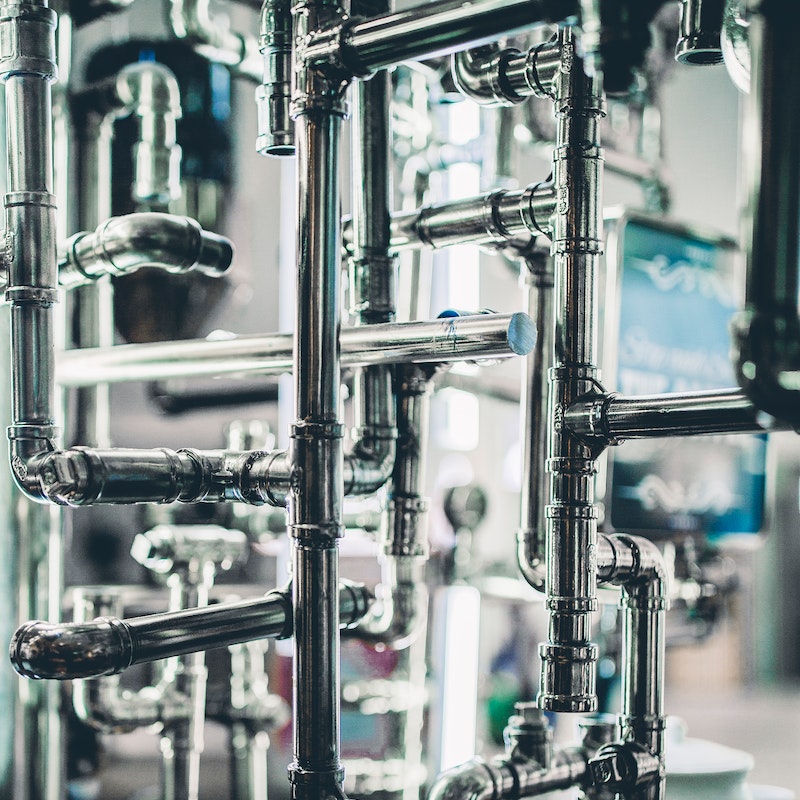District heating networks are rapidly expanding worldwide.
They offer numerous advantages over traditional heating systems, which explains why more and more cities and developers are investing in these networks.
Discover their added value in our article!
What is District Heating?
The district heating, also known as a heat network or collective heating, is a system that supplies heat to consumers through a network of insulated pipes.
Heat is centralized and produced in a central heating plant before being distributed to buildings and homes via the pipe network. These thermal energy networks are primarily used in urban areas, where they can supply heat to a large number of people.
The Benefits of District Heating
Reduction in Installed Capacity
Firstly, the pooling of heat production facilities allows for what is known as the diversity factor.
Indeed, not all network users have the same thermal energy needs at the same time of day. Heat demand is therefore smoothed. The greater the number of connections to the network, the more the heat network’s capacity will benefit from this diversity factor.
The power required for heat production in a district heating network is less significant than the total power required if all consumers had individual heating.
Since less power is needed, the facilities are smaller. This implies that upstream and downstream activities related to these facilities (resource extraction, materials, transport, dismantling, etc.) are also less significant. This helps to reduce the quantity of materials used and decrease the greenhouse gas emissions produced by these activities.
Overview
Paris boasts Europe’s first district heating network. It also has a cooling system that draws its energy from the Seine.
Use of more Efficient Technologies
Thanks to the pooling of facilities, consumers have access to technologies that are more efficient than those of conventional installations. Heat networks utilize
Access to more Sustainable Technologies
District heating produces heat from a carbon-based or decarbonized energy source. With centralized heat production,
Facilitating the Energy Transition
As we have just seen, heat networks offer the possibility of using sustainable and fully decarbonized energies, such as geothermal energy, biogas, wood biomass or waste heat.
Even if the energy initially chosen is not sustainable, such as fuel oil or natural gas, the implementation of district heating facilitates the future energy transition of the neighborhood or city. Consequently, the only element of a heat network that needs to be changed to switch from one energy source to another is the central heating plant.
This is all the more important when we know that commercial and residential heating accounts for approximately 18% of greenhouse gas emissions in Belgium. On average, it is estimated that the use of a heat network reduces CO2 emissions by a factor of 4 compared to an individual boiler installation.
Space Saving
Centralizing heat production in one location prevents the presence of boilers in each dwelling. Heat is conveyed by pipes to substations directly installed at the consumer’s premises. These substations supply heat to one or more buildings. Not only is it unnecessary to have a substation per dwelling, but these installations are also generally smaller than individual boilers. The consumer therefore gains space that they can utilize.
Management and Maintenance by a Professional
Network management is handled by a professional, which ensures continuous and efficient heat supply. The operator also takes care of
In Conclusion
Heat networks and the pooling of facilities bring numerous benefits, both for the consumer and for the project owner.
Coupled with good thermal insulation, the heat network presents itself as one of the solutions to address the challenge of energy transition. It meets the needs of neighborhoods, industrial zones, and cities under construction or renovation that wish to decarbonize their heat consumption and offer consumers optimal thermal comfort.

